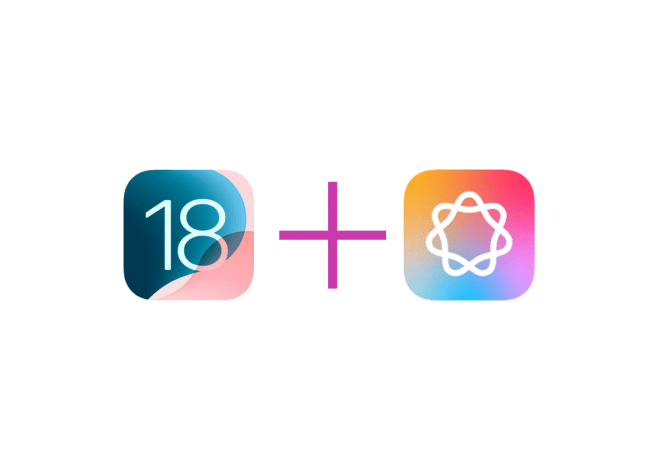 iOS 18.1 due next week: features to update for
iOS 18.1 due next week: features to update for
If you’ve been using an iPhone for a considerably long time, and not just using but being curious and observant about its evolution, you may have noticed that there’s a certain pace to major and minor iOS releases on the overall timeline. The former are usually announced at the Worldwide Developers Conference (WWDC) in June and released to the public in September, coinciding with the launch of new iPhone models. The latter follow in October (.1), December (.2), and early next year (.3, .4). This pace, roughly, was established in 2007, when Apple presented the first iPhone on June 29, and then gave the public the first point-one version of iOS just a few months later, on September 5.
This year, it feels like everything’s going as planned, but there is a difference: iOS 18 was the major update, but the things brought to the world by iOS 18.1, which is expected next week, outshine the novelties and facelifts of 18.0.
iOS 18.1 Apple Intelligence features that will convince you to update ASAP
As you may have already guessed, iOS 18.1 is the version that actually introduces features powered by Apple Intelligence, as opposed to basically heralding them, which was the case with iOS 18. If updating was always a chore that you got down to out of necessity exclusively, this time, your attitude towards the process may be different: those features really are handy. Here’s the list of them, ordered (subjectively) from the most useful ones to those aiding in some scenarios only.
Clean Up in Photos
For the masses, this is the most important function in the next iOS, hands down: it lets you remove all those people and objects that mess up otherwise perfect shots. The feature already works quite well, and is expected to get even better in the following updates, all of which, from now on, will likely expand the capabilities of Apple Intelligence.
New (really) Siri
This one may force skeptics to raise an eyebrow, but it looks like in iOS 18.1, it’s for real, because the new Siri introduced by the update will:
- understand you better even when you stutter, change the subject abruptly, and otherwise behave in a humanly manner AIs usually fail to decode;
- keep track of your conversations and recall the context in the background, so you won’t have to start an investigation of a given subject from scratch;
- text with you if you don’t want to talk, or are limited in your ability to voice queries.
There are also esthetic improvements promised, like a more responsive blob and natural voice and intonations.
Writing Tools
Writing Tools are like a background enhancement you won’t notice until you don’t have it. They utilize the power of Apple Intelligence to improve your texts, proofread, rewrite them, and summarize whatever you need laid out before you in a concise form, from notifications through Notes entries to emails. Smart replies in messages also rely on Writing Tools.
What’s the Apple Intelligence features rollout plan?
First things first: Apple Intelligence features will be available on iPhones from 15 Pro and up, M1 iPads or newer (such as the M4 iPad Pro), and Macs with Apple Silicon under the hood and macOS Sequoia at the helm.
Then, there are geographical and timeline limitations:
- Apple Intelligence will first be available in the U.S., to those whose device’s default language is U.S. English;
- then, in late 2024, the support will be extended to Australia, Canada, New Zealand, South Africa, and the U.K. (again, devices with their variation of the English language);
- and in 2025, Apple will add Chinese, French, Japanese, Spanish, German, Italian, Korean, Portuguese, Vietnamese, and several other branches of English to the pack.
All things considered, even if you’re not in the first wave zone, the wait won’t be that long, and the rewards are truly outstanding.
Hey, and if you need help with updating software on your Mac, download and install Mac Informer, a free updater for macOS that does the boring things for you:



